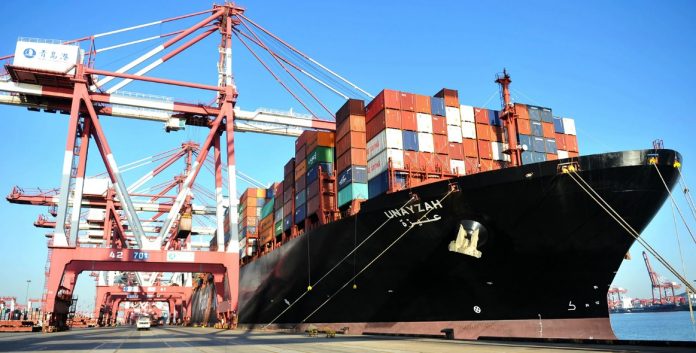A break from the recent past, India’s average import tariff has fallen to 15% in 2020 from 17.6% the previous year, the sharpest annual decline in about a decade and a half. This reflects a partial reversal of tax increases that has marked India’s sustained pressure to replace imports with self-confidence and its response to an explosion of trade protectionism in key economies – especially the US and China – in recent years.
The trade-weighted average tariff – total customs revenue as a percentage of total imports – also fell for the second consecutive year to 7% in 2019, the lowest in 2014 and 10.3% in 2018, shows the latest World Trade Organization (WTO) data.
While the tariff applied (simple average) for agricultural products decreased to 34% in 2020 from 38.8% in the previous year, the industrial tariff decreased to 11.9% from 14.1%. Similarly, based on the trade-weighted average, tariffs for agricultural products fell to 32.5% in 2019 from 60.7% in the previous year, while industrial tariffs fell to 5.8% from 8%.
After an increase in the crude oil import account in 2018, New Delhi has targeted “non-essential imports” to reduce pressure on its current account. These movements suddenly increased the applied tariff (simple average) from 13.8% in 2017 to 17.1% in 2018 and 17.6% in 2019.
A sharp drop in imports will also help the country to reduce the trade imbalance, which some officials say will not only ease the pressure on its current account but also increase GDP growth.
However, economists have criticized New Delhi’s approach to undermining liberalization, which has been assiduously throughout the 1990s.
Former Niti Aayog Vice President Arvind Panagariya warned that tax increases could be counterproductive. No big economy has grown 8-10% without opening its market, and India needs to cut its industrial tariffs to no more than 10%, he said.
In an article with Shoumitro Chatterjee last year, former chief economic adviser Arvind Subramanian said India was turning inland. “Domestic demand takes precedence over the export orientation and trade restrictions are increasing, reversing the three-decade trend,” the newspaper said. India continues to enjoy great export opportunities, especially in labor-intensive sectors such as clothing and footwear.
Meanwhile, the domestic industry calls for greater protection, arguing that in the absence of credible structural reforms that reduce its costs (including logistics, wages, electricity, and credit costs) and provide a level playing field, allowing for increased foreign competition. Unfair. Reforms to increase the competitiveness of the economy have not been carried out since liberalization as they should, he points out.
As pointed out in a 2016 HSBC report, India’s internal bottlenecks explain 50% of the slowdown in total exports (remaining the biggest threat to its outgoing remittances), followed by global growth (33%) and the exchange rate (only 17%).
Follow and connect with us on Facebook, LinkedIn & Twitter

